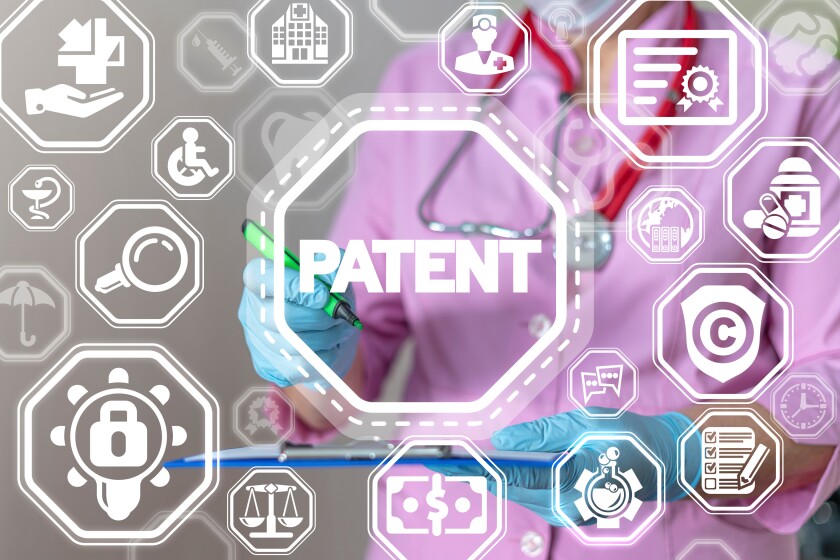Under Article 53(c) of the European Patent Convention (EPC), methods of therapy or surgery for humans and animals are exempted from patentability, as are diagnostic methods carried out on the human or animal body. At the same time, Article 53(c) specifies that this exemption does not apply to products – in particular, substances and compositions – for use in these methods.
Moreover, Article 54(5), by legal fiction, acknowledges novelty of any "substance or composition" for use in such exempted methods that are themselves novel. It can be derived from the wording of the latter provisions that they only apply to a subset of the products mentioned in Article53(c): substances and compositions.
Board of appeal case law has previously sought to establish criteria for determining whether a product is a substance or composition and not a device. These criteria are laid down in the Guidelines for Examination, G-VI, 6.1.1, which states that a product qualifies as a substance or composition if it is the active agent or ingredient in the specific medical use and if the therapeutic effect can be ascribed to its chemical properties (see G 5/83 and T 1758/15).
In decision T 1252/20 (relating to peptides used in cancer treatment by mechanically blocking blood vessels), of February 6 2024, the board saw no basis in the EPC for considering the mode of action of the claimed substance or composition to determine compliance with Article 54(5). The board pointed out that the exempted methods in Article 53(c) are not merely medical methods but also surgery and diagnostic methods. Moreover, the precise mode of action of a product is not always known. The board hence concluded that it is only relevant to consider whether the claimed product is a substance or composition but not to consider its mode of action.
T 1252/20 does not offer a concrete definition of a substance or composition. Nevertheless, applicants may face fewer obstacles when seeking protection at the EPO for second medical uses of products in cases where the claimed product at face value does not have device-like features.










